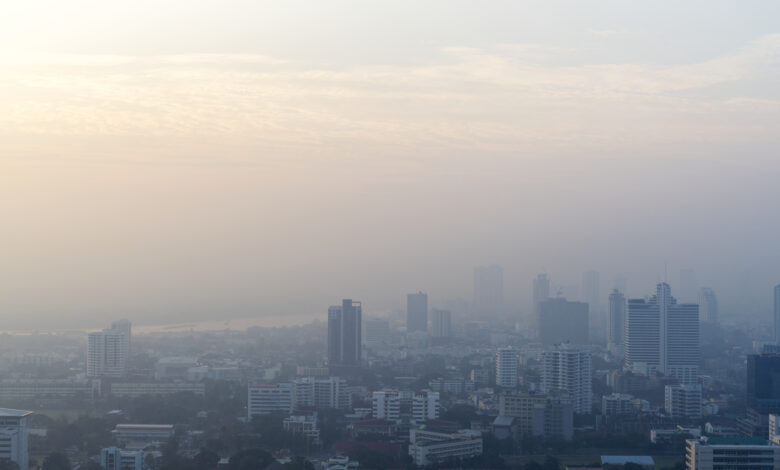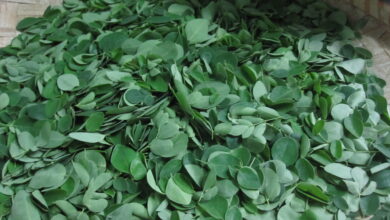
Understanding Volcanic Smog: The Taal Volcano’s Ongoing Eruption
Volcanoes, nature’s raw and powerful spectacle, can sometimes bring forth more than just molten lava and ash. They also release a less visible but equally hazardous threat known as volcanic smog, or “vog.” In the past 24 hours, the Taal Volcano in the Philippines has been actively spewing this volcanic smog into the atmosphere, posing risks to both the environment and human health.
What is Volcanic Smog?
Volcanic smog, or vog, is a mixture of gases and fine ash particles emitted by active volcanoes. This harmful concoction primarily consists of sulfur dioxide (SO2), water vapor, carbon dioxide (CO2), and other gases. When these gases react with sunlight, they form tiny droplets and particles that can linger in the atmosphere for extended periods.
The Taal Volcano’s Recent Activity
Taal Volcano, situated on Luzon Island in the Philippines, has been causing concern due to its recent eruption. Over the past 24 hours, it has been continuously spewing ash and gases into the atmosphere. The volcanic smog produced contains significant levels of sulfur dioxide, which poses severe health and environmental risks. If you want to learn more about Taal volcanic smog news, read here.
Health Risks of Vog Exposure
Exposure to vog can have serious health consequences. When inhaled, the sulfur dioxide in vog can irritate the respiratory system, leading to coughing, shortness of breath, and exacerbation of pre-existing lung conditions. Prolonged exposure may even lead to more severe health issues. Vulnerable populations, such as children, the elderly, and individuals with respiratory problems, are particularly at risk.
Environmental Impact
Vog not only affects human health but also takes a toll on the environment. The sulfur dioxide can react with water vapor and other atmospheric components, forming sulfuric acid aerosols. These aerosols can damage vegetation, contaminate water sources, and harm aquatic life. Additionally, vog can contribute to acid rain, which further impacts ecosystems.
Related: Our Health vs. Covid-19 in the New Normal
Mitigating the Effects of Vog
Efforts to mitigate the effects of vog include monitoring air quality, issuing health advisories, and implementing protective measures such as wearing masks and staying indoors during vog episodes. It is crucial for local authorities and communities to work together to minimize exposure and ensure the safety of residents.
As the Taal Volcano continues to unleash Taal volcanic smog into the atmosphere, it is imperative that residents and authorities remain vigilant and take necessary precautions. Taal volcanic smog, or vog, is a hidden danger with real consequences for human health and the environment. Understanding its risks and knowing how to protect ourselves is vital in the face of ongoing volcanic activity. Stay informed, stay safe, and prioritize your well-being as we navigate the challenges posed by nature’s awe-inspiring forces.




